Introduction
Bias in machine learning refers to systematic errors that lead to unfair treatment of certain groups. If unchecked, biased algorithms can reinforce societal inequalities. Addressing fairness in AI is essential for ethical deployment.
How Bias Occurs in Machine Learning
Bias in machine learning refers to systematic errors that cause models to produce unfair or inaccurate predictions, often disadvantaging certain groups. Bias can arise from data, human labeling, or the algorithms themselves. If not properly addressed, it can reinforce existing social inequalities and lead to discriminatory outcomes.
1. Data Collection Bias
Data collection bias occurs when the training dataset is not representative of the real-world population. This leads to models that generalize poorly for underrepresented groups.
Issue
Machine learning models depend on data to learn patterns and make predictions. If the training data is imbalanced or excludes certain demographics, the model will develop biased decision-making patterns.
Causes
- Unbalanced Datasets: If a dataset is dominated by a particular demographic, the model will perform well for them but poorly for others.
- Historical Discrimination: If past decisions (e.g., hiring, lending) were biased, the model will inherit and reinforce those biases.
- Limited Data Sources: If training data comes from a narrow group (e.g., only urban populations), predictions for other groups may be inaccurate.
Example
- Facial Recognition Bias: Some facial recognition systems struggle to identify people with darker skin tones because they were trained on datasets mostly containing lighter-skinned individuals.
- Hiring AI Bias: Amazon’s AI hiring tool was found to favor male candidates over female applicants because past hiring data reflected gender disparities in the tech industry.
Solution
- Ensure Diverse Data Collection: Gather data from a wide range of demographics and social groups.
- Use Data Augmentation: Generate synthetic data to balance underrepresented groups.
- Audit Data Sources: Analyze datasets for demographic imbalances before training models.
2. Labeling Bias
Labeling bias occurs when human-labeled data introduces subjective opinions, leading to biased training outcomes.
Issue
Supervised learning relies on labeled datasets, but human annotators may have conscious or unconscious biases that affect the labeling process. This can lead to biased model predictions.
Causes
- Subjective Interpretation: Different annotators may label the same data differently based on personal beliefs.
- Cultural and Social Norms: Labels may reflect the biases of the annotators’ background rather than objective reality.
- Inconsistent Guidelines: If labeling rules are unclear, inconsistencies in training data can arise.
Example
- Sentiment Analysis Bias: AI models trained on human-labeled sentiment data may classify comments from women or minority groups as "aggressive" more often than similar comments from majority groups.
- Criminal Justice AI Bias: The COMPAS algorithm, used for predicting recidivism, disproportionately classified Black defendants as high-risk due to biased historical crime data.
Solution
- Diverse Annotation Teams: Ensure labelers come from various backgrounds to reduce individual biases.
- Standardized Labeling Guidelines: Clearly define rules for data annotation to ensure consistency.
- Bias Audits on Labeled Data: Regularly review labels to detect and correct disparities.
3. Algorithmic Bias
Algorithmic bias occurs when the mathematical or statistical methods used in machine learning models produce systematically unfair outcomes.
Issue
Some machine learning algorithms may amplify existing biases in the data or create unintended patterns that lead to discriminatory decisions.
Causes
- Feature Selection Bias: The choice of input features can lead to biased predictions if sensitive attributes (e.g., gender, race) influence outcomes.
- Overfitting to Majority Groups: Models trained on imbalanced datasets may perform well on dominant groups but poorly on minorities.
- Reinforcement of Preexisting Biases: If a model is optimized for accuracy without considering fairness, it will perpetuate societal biases.
Example
- AI-Based Credit Scoring Bias: Some AI-driven lending models have denied loans to applicants from specific zip codes due to historical financial data patterns, reinforcing economic disparities.
- Online Ad Targeting Bias: AI systems used for job advertising have been found to show high-paying job listings to men more often than to women.
Solution
- Fairness-Aware Algorithms: Implement techniques such as re-weighting training samples or adjusting loss functions to reduce bias.
- Regular Model Audits: Evaluate model outputs using fairness metrics such as disparate impact and demographic parity.
- Feature Engineering: Remove or de-emphasize sensitive features (e.g., race, gender) unless necessary for fairness (e.g., in medical diagnosis).
Methods to Ensure Fairness in Machine Learning
Introduction
Fairness in machine learning ensures that models provide unbiased and equitable outcomes across different demographic groups. Since ML models learn from historical data, they can inherit and amplify existing biases if not carefully managed. To build fair AI systems, developers must proactively detect, measure, and mitigate bias using structured approaches.
1. Bias Detection Tools
Bias detection tools help identify disparities in model predictions across different demographic groups. These tools analyze how model decisions vary based on sensitive attributes such as race, gender, or age.
Key Techniques
- Disparate Impact Analysis: Measures whether a model’s predictions disproportionately affect certain groups. A decision is considered fair if all groups receive similar treatment.
- Statistical Parity Difference: Compares positive prediction rates across groups. A significant difference may indicate bias.
- Equalized Odds: Ensures that different groups have similar false positive and false negative rates.
- Calibration Analysis: Verifies if predicted probabilities match real-world outcomes across demographic groups.
Example
- Google’s What-If Tool: Allows developers to visualize model behavior across different subpopulations and analyze fairness metrics.
- AI Fairness 360 (IBM): An open-source toolkit for detecting and mitigating bias in ML models.
Solution
- Use fairness dashboards in ML platforms (e.g., TensorFlow Fairness Indicators, Microsoft Fairlearn).
- Compare model predictions across demographic groups to identify disparities.
- Adjust model training based on fairness evaluation results.
2. Diverse and Representative Data
Training data must be diverse and representative of the population to ensure that models generalize well across all groups.
Issue
If certain groups are underrepresented in the training data, the model may struggle to make accurate predictions for them, leading to biased outcomes.
Strategies to Improve Data Diversity
- Balanced Sampling: Ensure equal representation of different demographic groups in training datasets.
- Synthetic Data Generation: Use data augmentation techniques to balance underrepresented classes.
- Bias Audits on Data Sources: Regularly examine datasets to identify and correct imbalances.
Example
- Facial Recognition Systems: Many facial recognition models initially struggled to identify darker-skinned individuals due to lack of diversity in training datasets. Companies like IBM and Microsoft have since improved their datasets to reduce bias.
Solution
- Collect data from a broad range of sources, ensuring inclusion of different demographics.
- Regularly update datasets to reflect changing societal conditions.
- Avoid relying solely on historical data, which may contain biases.
3. Fairness-Aware Algorithms
Fairness-aware algorithms incorporate techniques to adjust model predictions, ensuring that certain groups are not disadvantaged.
Approaches
- Reweighing Data Samples: Adjust the importance of training examples to balance the model’s focus across demographic groups.
- Adversarial Debiasing: Train models to reduce dependence on sensitive attributes.
- Post-processing Adjustments: Modify model predictions after training to ensure fairer outcomes.
Example
- Bias Mitigation in Hiring AI: A fairness-aware algorithm can adjust hiring predictions to ensure that qualified candidates from different gender or ethnic groups are equally considered.
Solution
- Implement fairness constraints in model optimization.
- Use techniques like differential privacy to ensure fairness while preserving data security.
- Test multiple debiasing methods to determine the most effective approach for specific applications.
4. Regular Audits and Monitoring
Regular audits ensure that ML models remain fair over time by identifying and addressing biases that emerge post-deployment.
Need for Continuous Monitoring
- Bias can creep in due to changing real-world conditions (concept drift).
- Unintended correlations in data may affect fairness over time.
Audit Techniques
- Periodic Model Evaluation: Use fairness metrics to reassess model performance regularly.
- User Feedback Analysis: Monitor how users interact with AI-driven decisions to detect unfair patterns.
- Retraining with Updated Data: Address emerging biases by incorporating fresh, unbiased data into model retraining.
Example
- Loan Approval Models: A financial institution may conduct fairness audits every six months to ensure its AI-driven lending model does not unintentionally discriminate against certain racial or socioeconomic groups.
Solution
- Establish fairness governance teams to oversee ML model performance.
- Set up automated alerts for bias detection in deployed models.
- Ensure transparency by documenting fairness evaluation processes.
Key Takeaways:
- Bias in ML: Machine learning models can inherit biases from data, human labeling, and algorithms, leading to unfair outcomes.
- Causes of Bias:
- Data Collection Bias: Unrepresentative datasets lead to poor generalization for underrepresented groups.
- Labeling Bias: Subjective human annotations introduce bias in training data.
- Algorithmic Bias: Feature selection, overfitting, and optimization criteria can reinforce societal biases.
- Methods to Ensure Fairness:
- Bias Detection Tools: Use fairness metrics (e.g., disparate impact, equalized odds) to identify disparities.
- Diverse and Representative Data: Balance datasets using synthetic data and audits.
- Fairness-Aware Algorithms: Implement bias-mitigation techniques like reweighing data and adversarial debiasing.
Regular Audits and Monitoring: Continuously assess models using fairness metrics and user feedback.
Next Blog- Transparency and Interpretability in Machine Learning
.png)
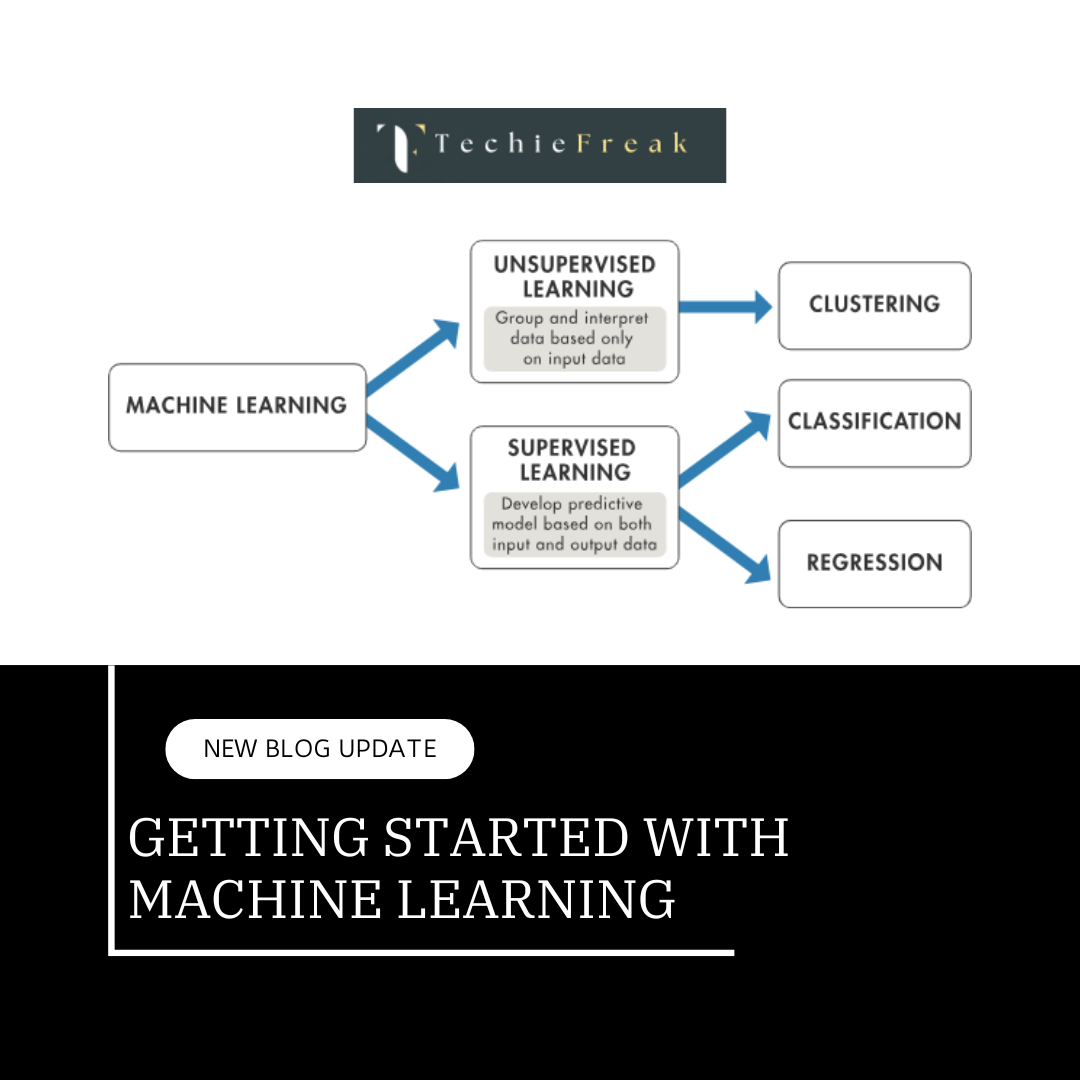
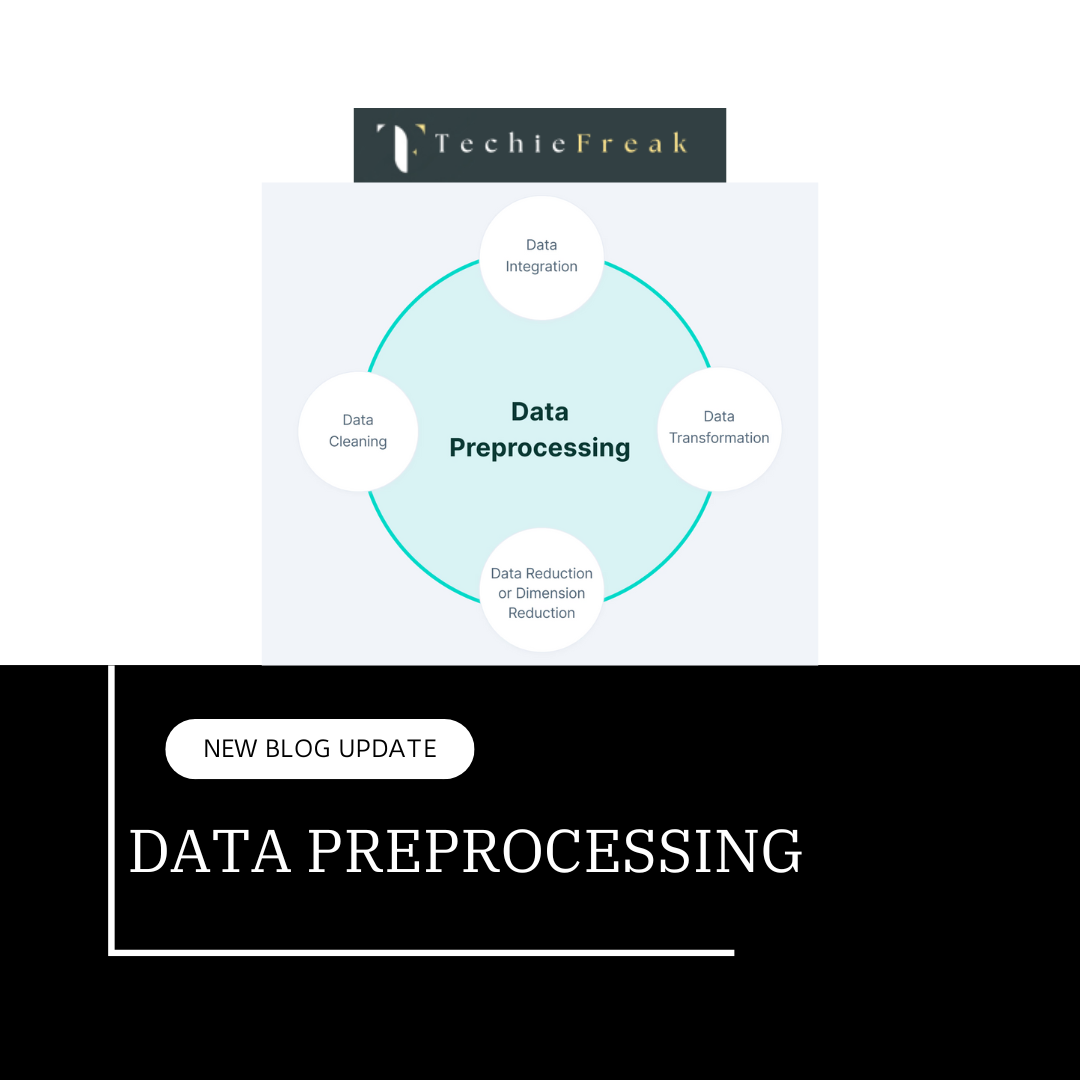
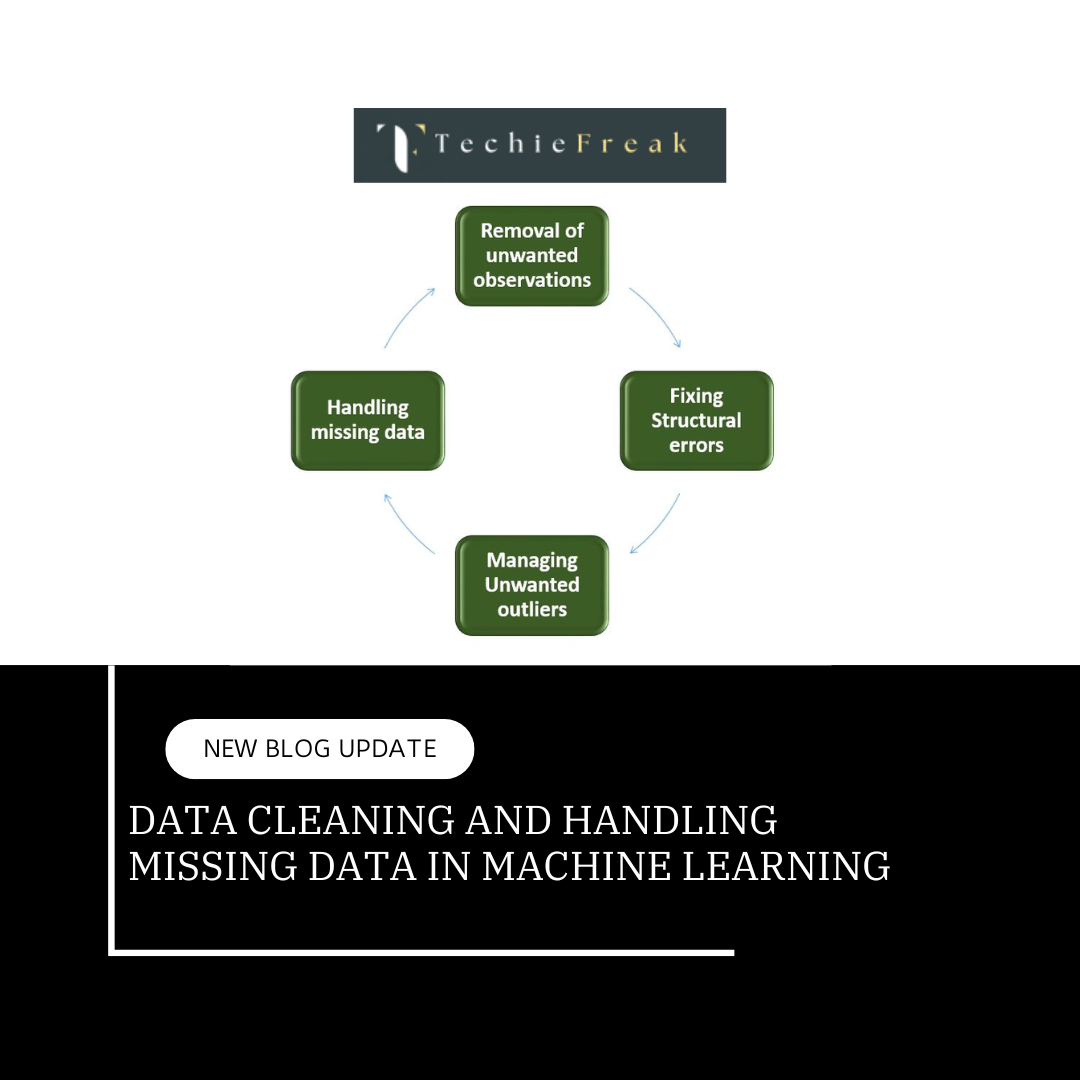
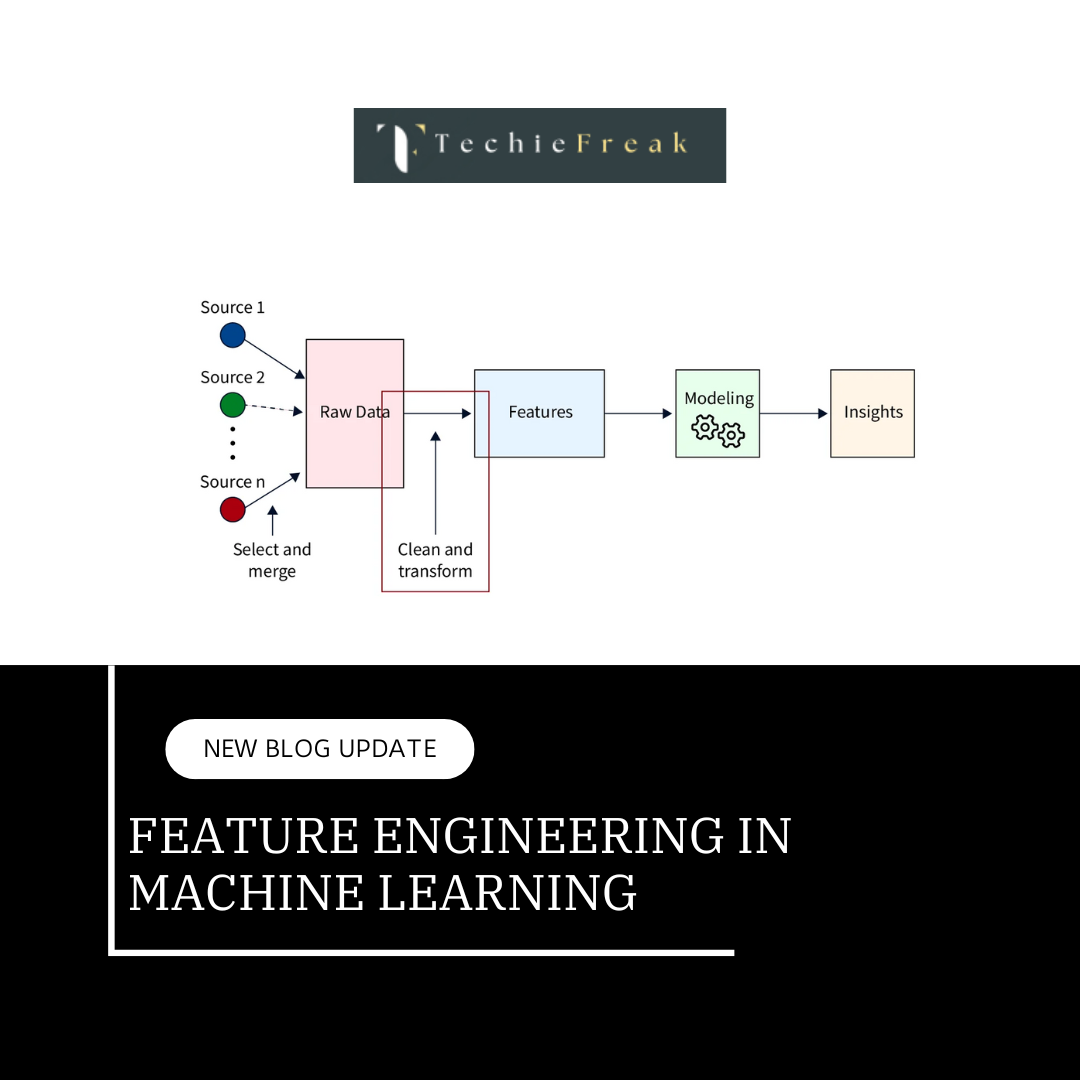
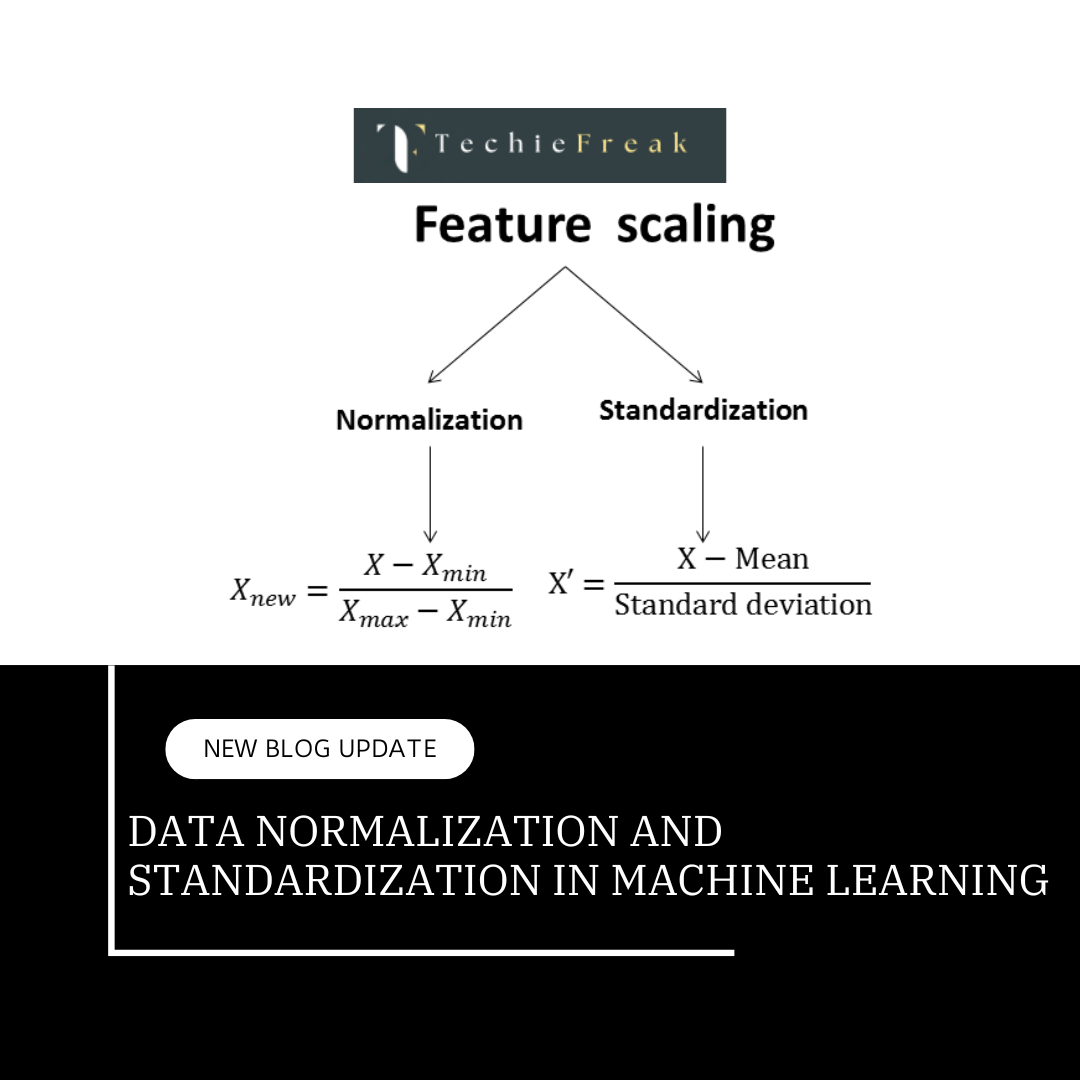
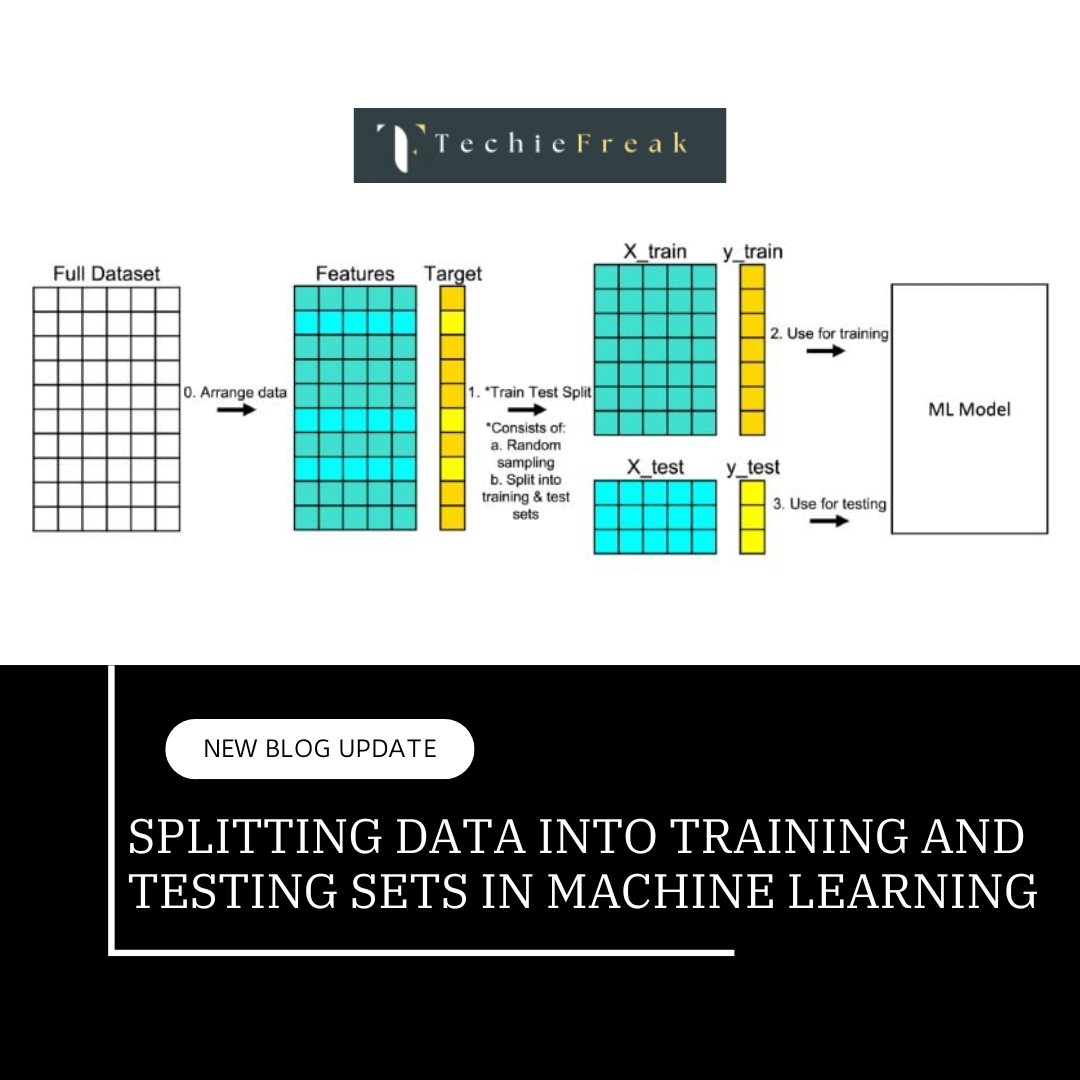
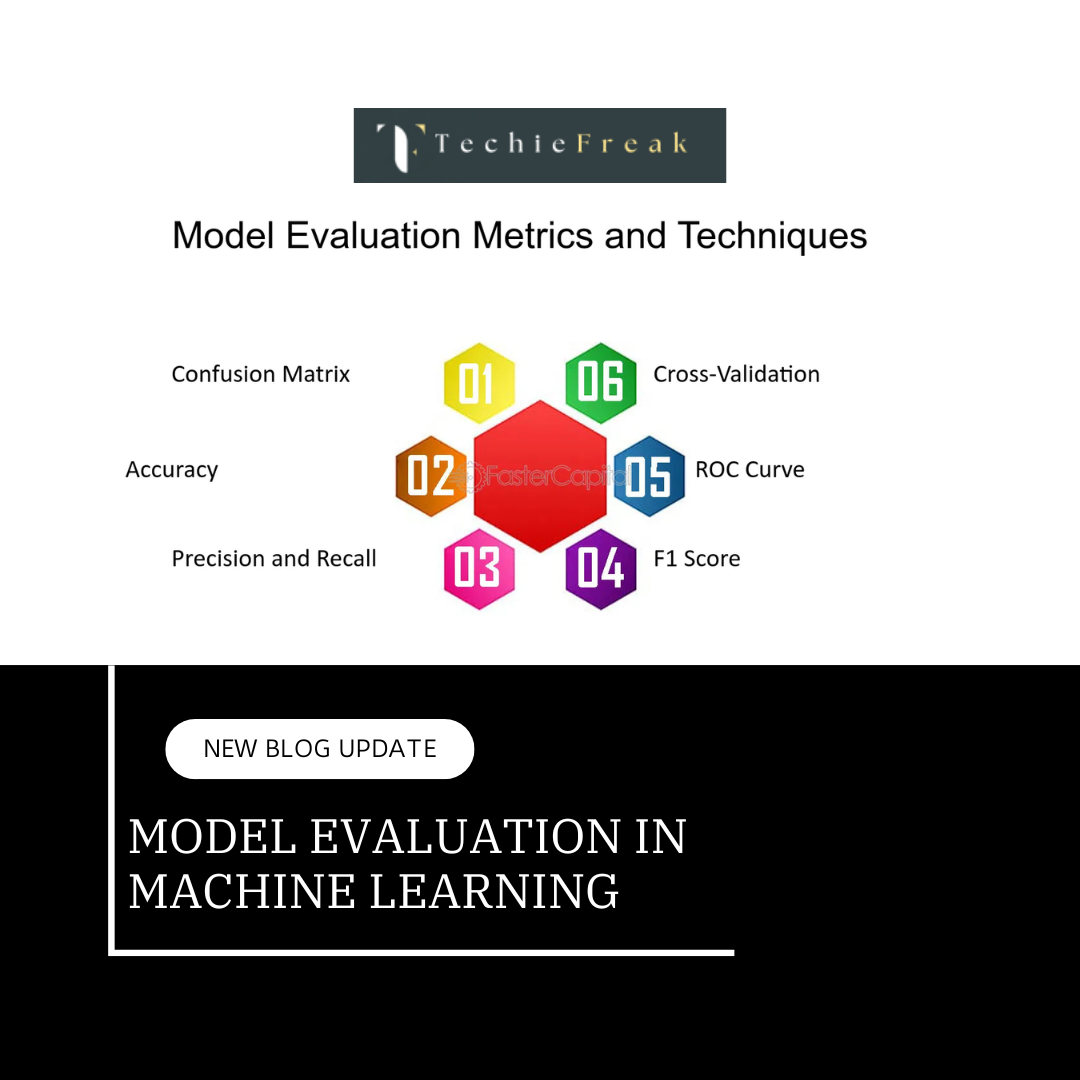
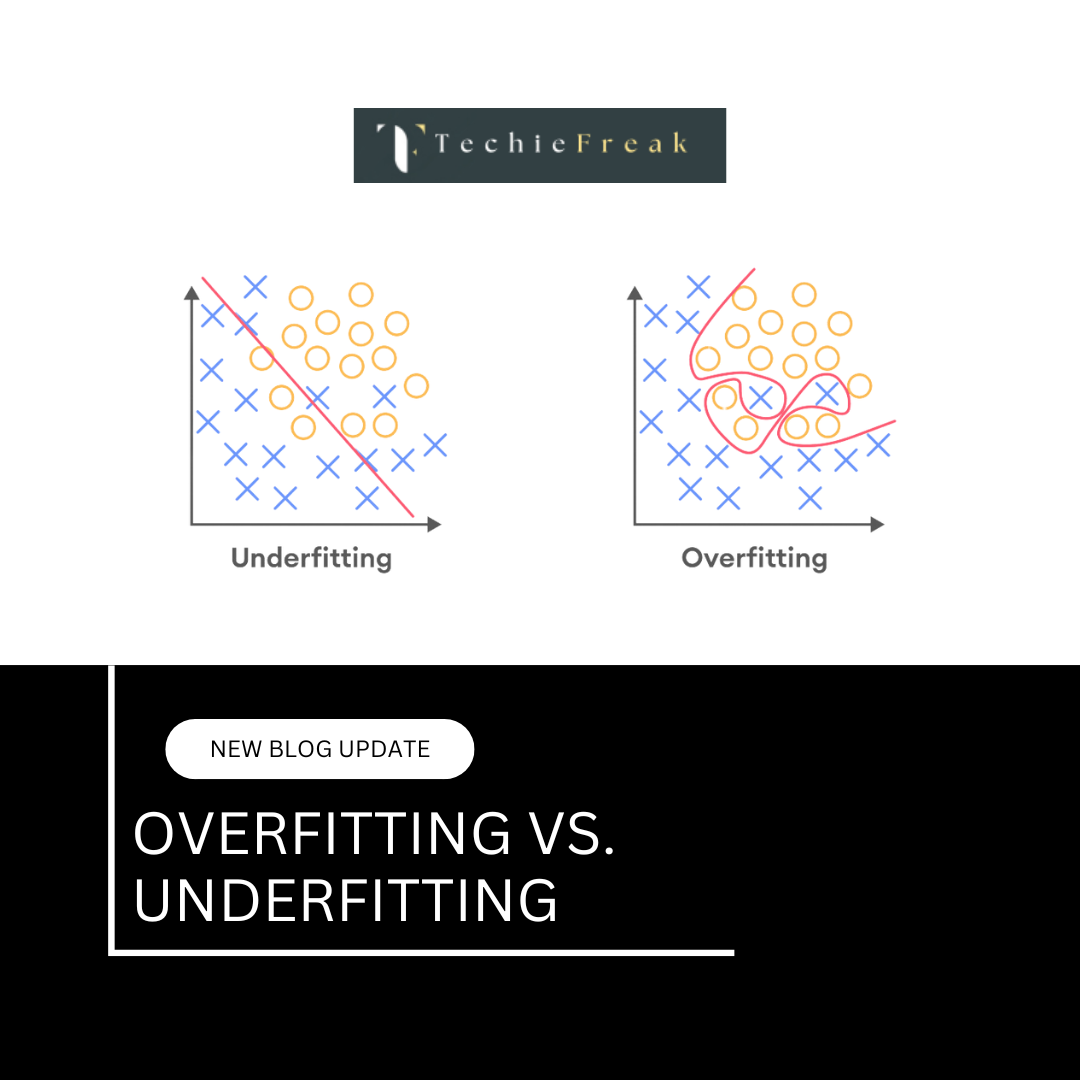
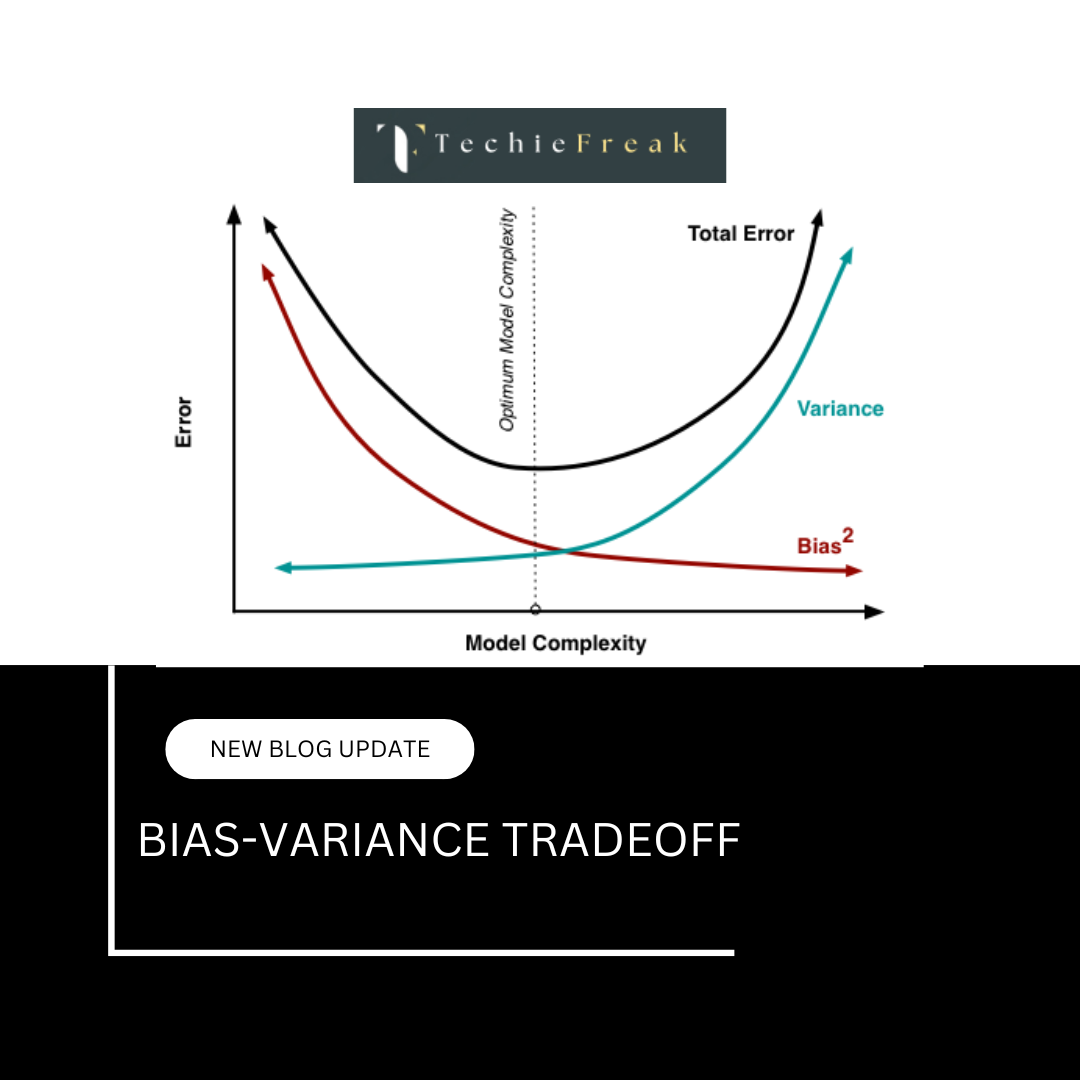
.png)
.png)
.png)
.png)
.png)
.png)
.png)
.png)
.png)
.png)
.png)
.png)
.png)
.png)
.png)
.png)
.png)
.png)
.png)
